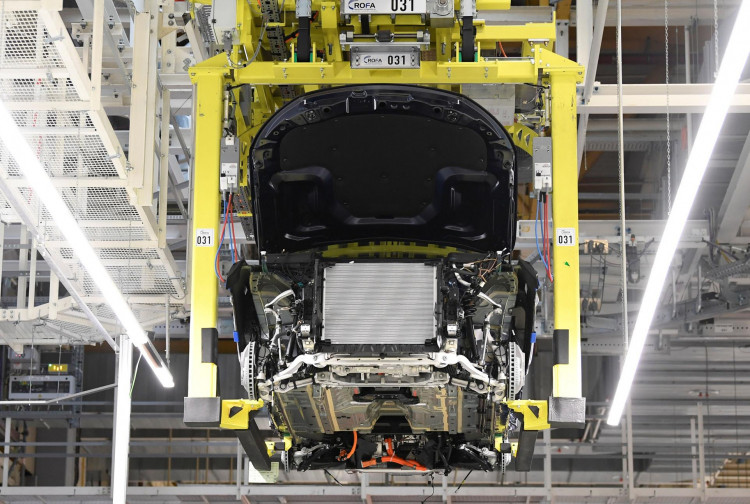China has increased its first batch of rare earth mining quotas on Thursday by 10 percent for the valuable minerals used in products like electric cars to military equipment.
China is the biggest producer of rare earth minerals in the world, a precious type of element used in almost everything -- from consumer electronics to radar. The production target, which also includes tungsten, is typically released twice a year and tightly monitored as a supply barometer.
The rare earth mineral market encompasses 17 elements that are largely found together in the Earth's crust, and characterized by similar properties. Extraction and processing of these valuable metals from their ore base is a very complicated process and requires significant amount of investments.
The output for six leading miners, including China Northern Rare Earth Group High-Tech Co., was pegged at 66,000 tons, the Ministry of Industry and Information Technology disclosed Thursday in a statement. The yearly total will be set below 140,000 tons to preserve the natural resource under China's five-year environment blueprint for 2016-2020.
The quota is around 50 percent of the total 132,000 tons from last year, and compares with 60,000 tons in the first batch of the same period. Of the total, 56,455 tons have been set aside for light rare earth minerals, and 9,576 tons for medium and heavy rare earth metals. The first batch of mining production quota for tungsten is placed at 52,500 tons, compared to 49,834 tons last year.
The quota did not specify a smelting and separation output for the mining of rare earth ore into material that can be converted for use in other industries by companies. The smelting and separation production is usually issued at the same time as the mining output, which was around 57,500 tons in the first six months of last year.
Decades of excessive exploitation of the precious metals, however, have significantly dealt a heavy blow to the environment. To cushion environmental degradation and safeguard the resources, the Chinese government launched a series of new policies, including reduction caps, a more stringent emissions regulation, and a clampdown on illegal mining.
According to a document by Australian rare earth mining company Lynas Corporation, the consumption of rare earth metals for use in electric and hybrid cars will reach 12 kilotons by 2024.
Growing focus on utilizing green energy is pushing the demand for electric-powered modes of transport, which in turn will steer the demand for rare earth magnets in electric car batteries, motor engines and generator applications.
Asia-Pacific is the biggest producer, consumer, and the fastest-growing in the rare earth metals industry. The rare earth metals market sales in the region will grow at more than 10 percent by end of the projected period.
The demand for rare earth metals in China will grow more than 9 percent until the end of the forecast period. Rising local demand accounts for the growth of the country's rare earth metals market in the coming years.






